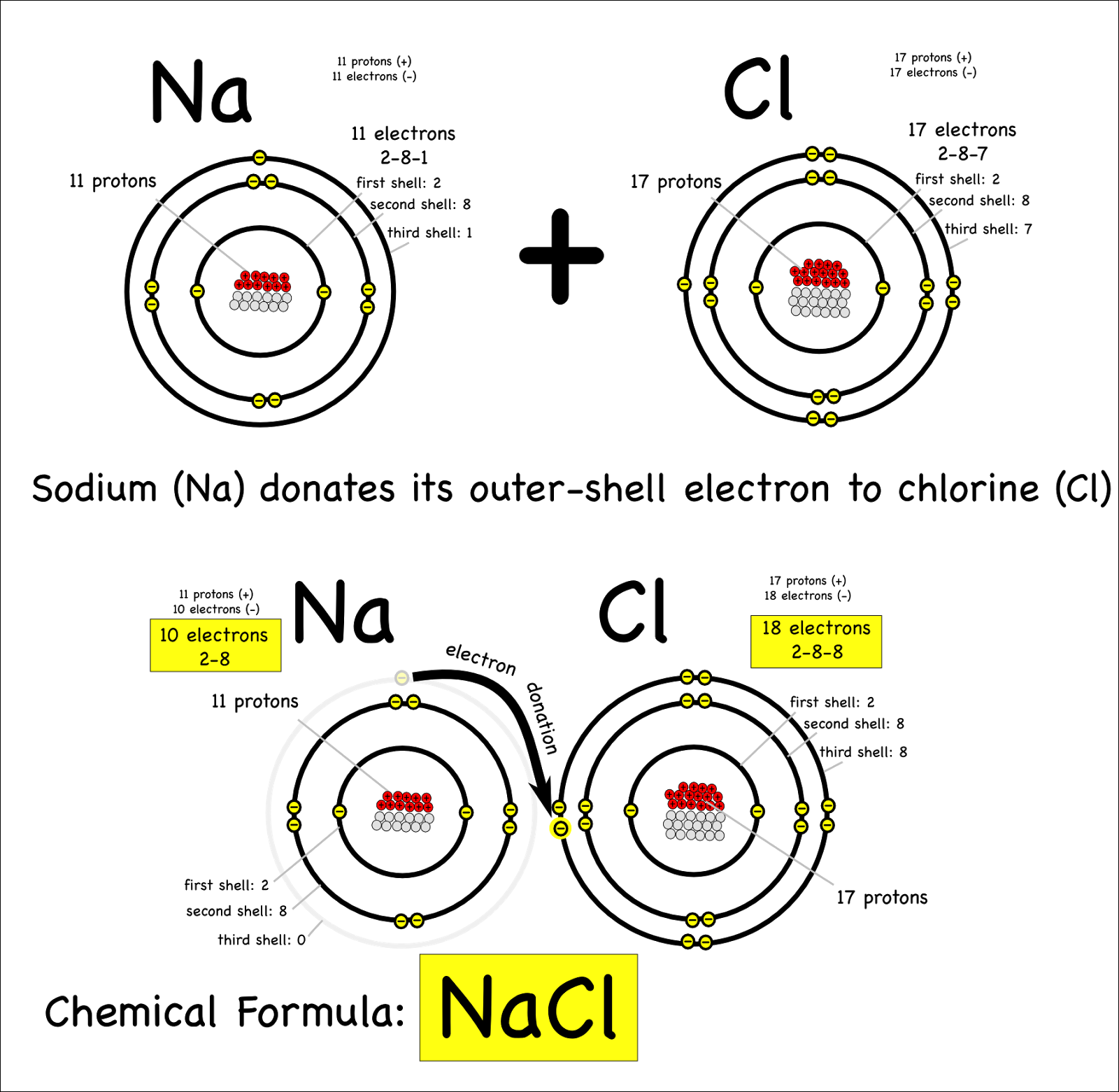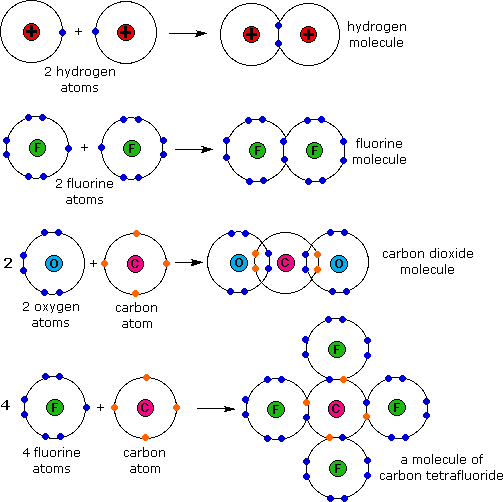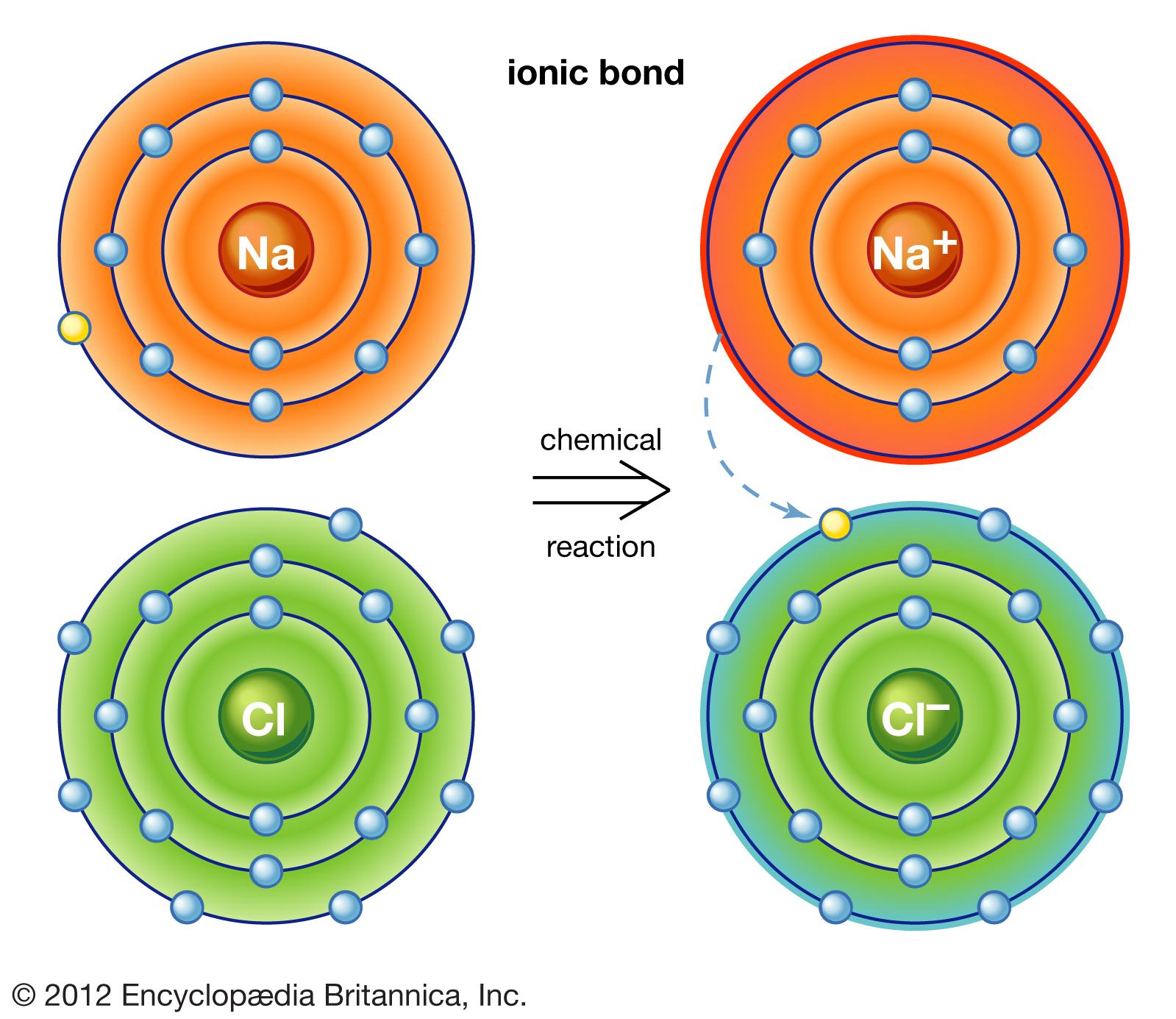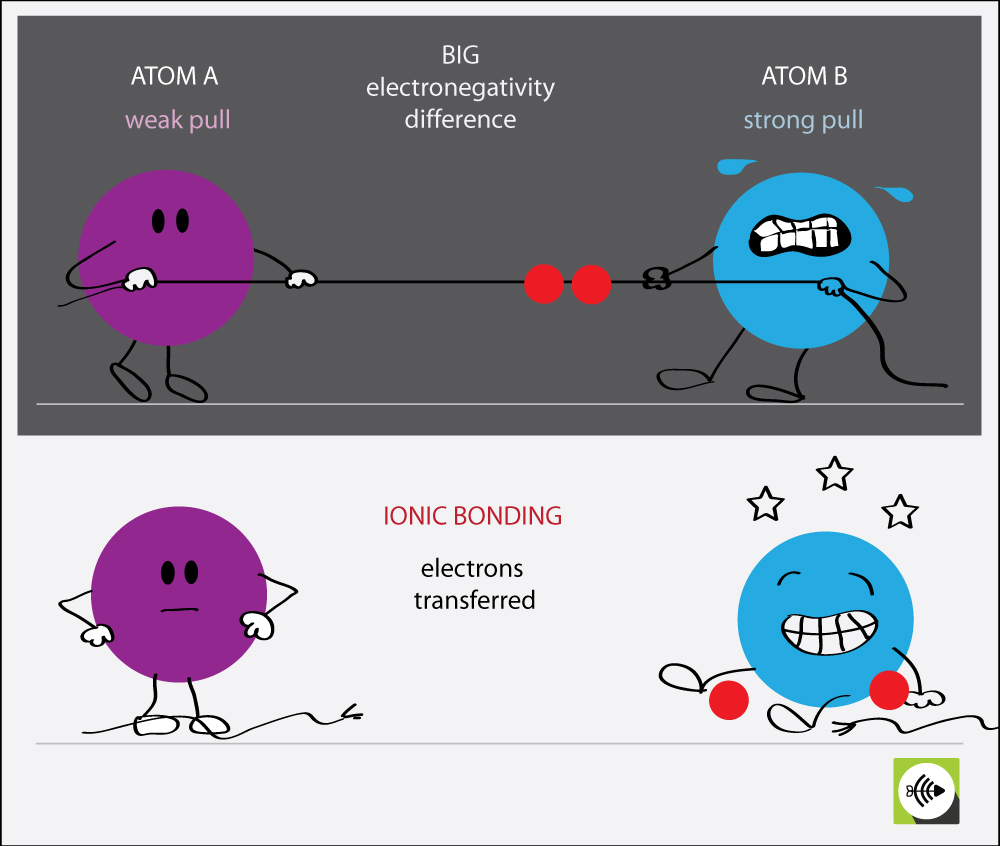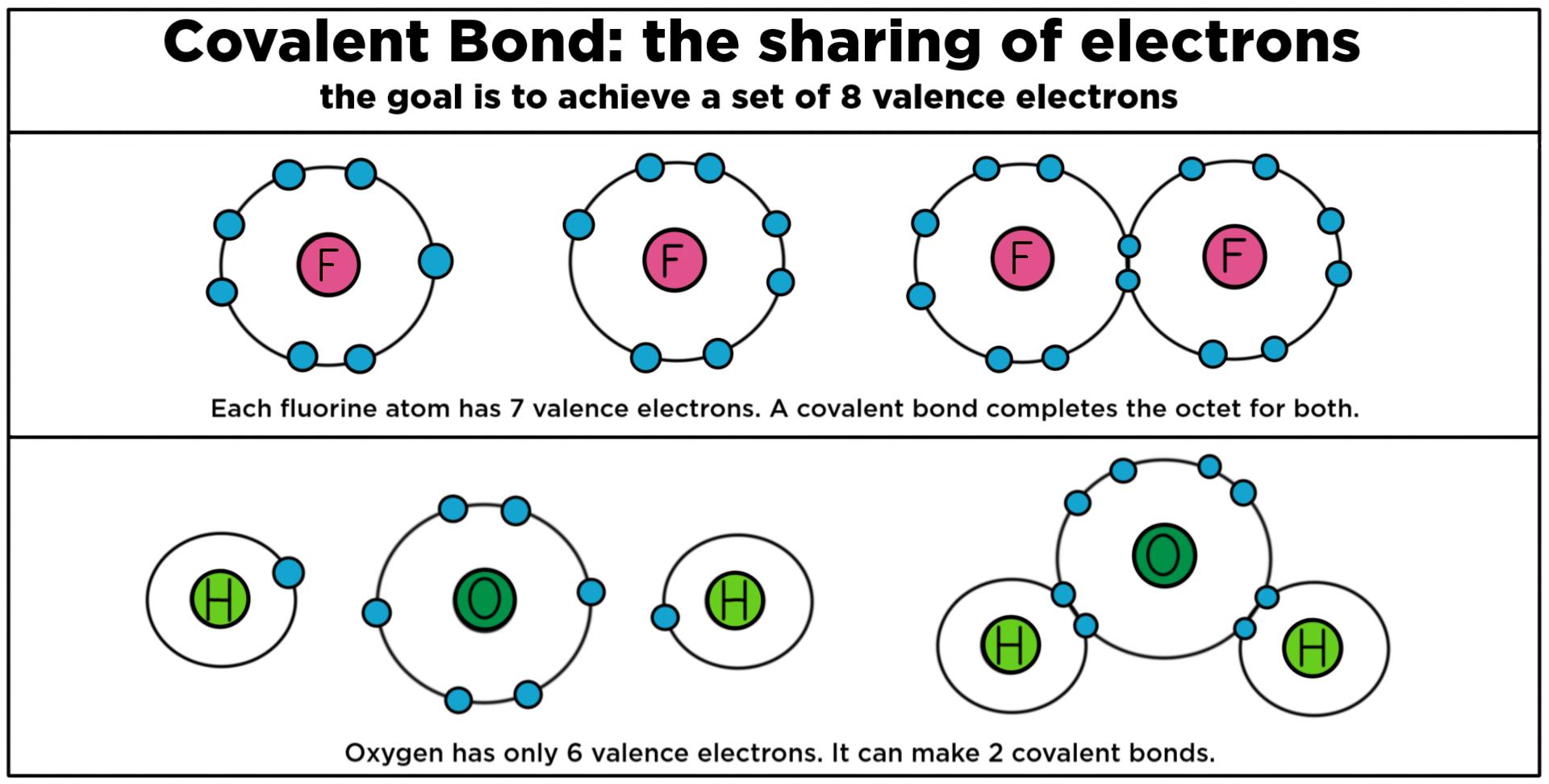Why Do Atoms Form Ionic And Covalent Bonds
Why Do Atoms Form Ionic And Covalent Bonds - In ionic bonding, atoms transfer electrons to each other. The bond made by electron sharing is called a covalent bond. They differ in their structure and properties. Ionic bonds require at least one electron donor and one electron acceptor. Despite our focus on the octet rule, we must remember that for small atoms, such as.
They differ in their structure and properties. The bond made by electron sharing is called a covalent bond. In ionic bonding, atoms transfer electrons to each other. Ionic bonds require at least one electron donor and one electron acceptor. Despite our focus on the octet rule, we must remember that for small atoms, such as.
In ionic bonding, atoms transfer electrons to each other. Despite our focus on the octet rule, we must remember that for small atoms, such as. They differ in their structure and properties. The bond made by electron sharing is called a covalent bond. Ionic bonds require at least one electron donor and one electron acceptor.
Ionic Bond And Covalent Bond Venn Diagram Amashusho Images
In ionic bonding, atoms transfer electrons to each other. Despite our focus on the octet rule, we must remember that for small atoms, such as. Ionic bonds require at least one electron donor and one electron acceptor. They differ in their structure and properties. The bond made by electron sharing is called a covalent bond.
Fourth Grade GC August 2013
They differ in their structure and properties. Ionic bonds require at least one electron donor and one electron acceptor. In ionic bonding, atoms transfer electrons to each other. The bond made by electron sharing is called a covalent bond. Despite our focus on the octet rule, we must remember that for small atoms, such as.
Ionic Bonding Diagram For Lithium Fluoride
The bond made by electron sharing is called a covalent bond. Despite our focus on the octet rule, we must remember that for small atoms, such as. Ionic bonds require at least one electron donor and one electron acceptor. In ionic bonding, atoms transfer electrons to each other. They differ in their structure and properties.
Ionic bonding Wikipedia
The bond made by electron sharing is called a covalent bond. In ionic bonding, atoms transfer electrons to each other. They differ in their structure and properties. Despite our focus on the octet rule, we must remember that for small atoms, such as. Ionic bonds require at least one electron donor and one electron acceptor.
Expanded Electron Configuration of Chlorine Womack Thille
They differ in their structure and properties. Despite our focus on the octet rule, we must remember that for small atoms, such as. In ionic bonding, atoms transfer electrons to each other. Ionic bonds require at least one electron donor and one electron acceptor. The bond made by electron sharing is called a covalent bond.
Why do atoms form ionic bonds? YouTube
In ionic bonding, atoms transfer electrons to each other. Ionic bonds require at least one electron donor and one electron acceptor. Despite our focus on the octet rule, we must remember that for small atoms, such as. The bond made by electron sharing is called a covalent bond. They differ in their structure and properties.
chemistry knowledge Comparison between Covalent and Ionic Bond
They differ in their structure and properties. Ionic bonds require at least one electron donor and one electron acceptor. The bond made by electron sharing is called a covalent bond. Despite our focus on the octet rule, we must remember that for small atoms, such as. In ionic bonding, atoms transfer electrons to each other.
Electronegativity Bond Scale Surfguppy Chemistry made easy for
In ionic bonding, atoms transfer electrons to each other. Despite our focus on the octet rule, we must remember that for small atoms, such as. The bond made by electron sharing is called a covalent bond. They differ in their structure and properties. Ionic bonds require at least one electron donor and one electron acceptor.
What Happens When Two Nitrogen Atoms Share Electrons MarisolkruwLee
In ionic bonding, atoms transfer electrons to each other. They differ in their structure and properties. The bond made by electron sharing is called a covalent bond. Ionic bonds require at least one electron donor and one electron acceptor. Despite our focus on the octet rule, we must remember that for small atoms, such as.
What Best Describes a Covalent Bond KenziehasNicholson
In ionic bonding, atoms transfer electrons to each other. Ionic bonds require at least one electron donor and one electron acceptor. They differ in their structure and properties. The bond made by electron sharing is called a covalent bond. Despite our focus on the octet rule, we must remember that for small atoms, such as.
Despite Our Focus On The Octet Rule, We Must Remember That For Small Atoms, Such As.
In ionic bonding, atoms transfer electrons to each other. They differ in their structure and properties. Ionic bonds require at least one electron donor and one electron acceptor. The bond made by electron sharing is called a covalent bond.

